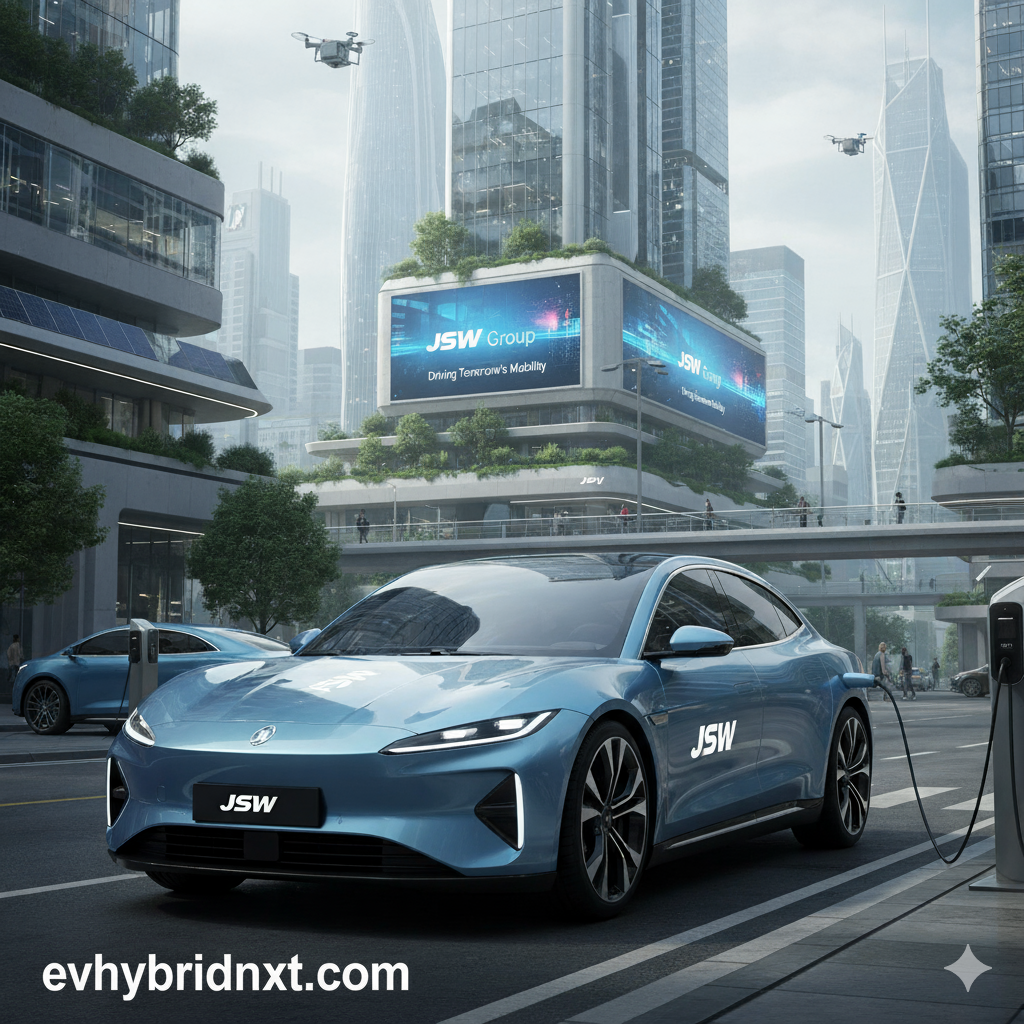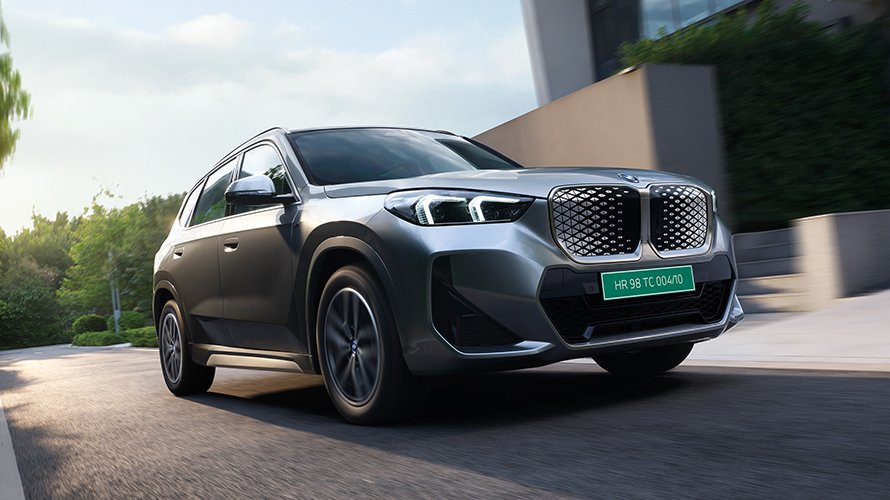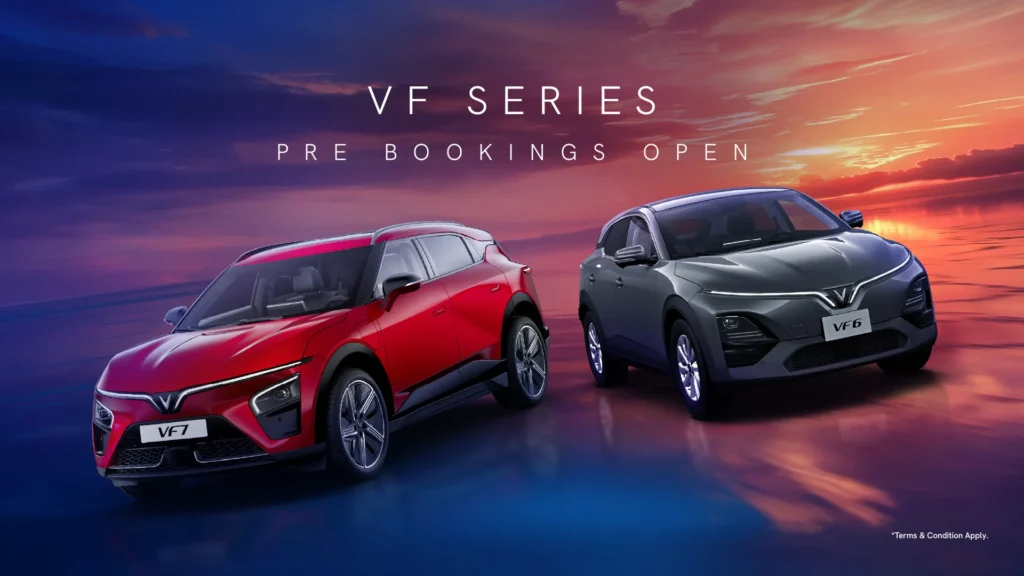The Sajjan Jindal-led JSW Group is revving up its automotive ambitions, announcing plans to launch its own lineup of cars and trucks under the JSW brand, marking a bold pivot from its joint venture roots with MG Motor India. Over a year since inking that partnership with SAIC Motor (MG’s parent), JSW has now carved out a standalone vertical—JSW Motor—to spearhead this charge, focusing exclusively on electric, hybrid, and next-gen vehicles. Backed by a whopping $3 billion investment over five years, the conglomerate aims to flood India’s EV market with fresh options, addressing the stark variety gap with China and positioning itself as a homegrown powerhouse.This move underscores JSW’s deepening foray into mobility, leveraging its industrial DNA from steel and energy to fuel a consumer-centric auto empire. With construction underway on a massive Maharashtra hub and a clear roadmap for rapid model launches, JSW Motor isn’t just entering the fray—it’s gunning for dominance in a segment projected to hit 30% market share by 2030.
From JV Partner to Standalone Powerhouse: The JSW-MG Distinction
JSW’s automotive journey kicked off in November 2023 with a 35% stake acquisition in MG Motor India, forming JSW MG Motor India to boost the British-Indian brand’s EV push amid SAIC’s ownership woes. That JV is expanding capacity from 100,000 to 200,000 units annually, tapping into SAIC’s global portfolio of 4.5 million annual sales for affordable, tech-laden models. Discussions are afoot for potential stake dilution, possibly roping in private equity, but the JV remains focused on MG-branded growth.In contrast, JSW Motor operates as a fully independent arm, free from JV constraints. It won’t chase partnerships for core operations but will cherry-pick global tech—blending Korean, Japanese, European, and Chinese innovations—for in-house development. This separation allows JSW to build its own brand identity, emphasizing localization (starting at 70-75%, targeting 100%) to slash costs and cater to “young India” with best-in-class quality at aggressive prices. As Ranjan Nayak, CEO of JSW Motor, put it: “Our intention is to every quarter we should bring one model. Because if you look at India and China—the latter sells around 30 million cars out of that, around 17-18 million is new energy vehicle and consumers have around 400 to 500 models. But in India, there are 20-25 models available.”
Product Roadmap: Quarterly Launches to Bridge the Variety Void
SW Motor’s strategy is all about speed and scale, aiming to inject excitement into India’s EV scene, where options lag far behind China’s bounty. The inaugural product—a likely SUV in electric or plug-in hybrid guise—will debut in Q2 2026, hinging on seamless tech integration. Nayak elaborated: “The first product that will be launched in quarter two of 2026 will be an electric car or plug-in hybrid, depending on how we integrate the whole technology.” Priced competitively, it will fuse multiple powertrains (pure EV, PHEV, range extenders) to suit diverse needs.The aggressive timeline rolls out three to four models in 2026, followed by three more in 2027—one every quarter thereafter. This cadence targets the underserved mid-mile and last-mile segments, including passenger cars and commercial vehicles like buses and trucks. By offering a spectrum of options, JSW aims to democratize EVs, much like how Tata and Mahindra have disrupted with affordable entries, but with JSW’s edge in capital efficiency and execution prowess.
| Year | Models Planned | Key Focus Areas |
|---|---|---|
| 2026 | 3-4 | Entry SUV (EV/PHEV), initial commercial vehicles |
| 2027 | 3 | Expansion to hybrids, trucks/buses |
| 2028+ | Quarterly | Full lineup diversification |
Mega Investments and Manufacturing Muscle: Building the JSW Auto Empire
Fueling this vision is a $3 billion war chest over five years, with phase-one capex nearing $2 billion and financial closure imminent this week—including a $1 billion funding reveal. The mix? 30% equity, 70% debt, with cash flow stabilization eyed by early 2027. JSW is also vertically integrating, setting up lithium and cell manufacturing in Nagpur to secure supply chains.
At the heart is a sprawling 630-acre automotive hub in Bidkin, Chhatrapati Sambhaji Nagar (Aurangabad), Maharashtra—construction is already buzzing. Phase one kicks off with 500,000 cars annually, scaling to 1 million once humming. A dedicated 100-acre plant nearby will churn out commercial buses and trucks. Longer-term, a phase-three facility on 900 acres in Bhubaneswar, Odisha, will push total capacity to 2 million units in five to six years, rivaling giants like Maruti Suzuki.
Nayak highlighted JSW’s inherent strengths: “If you look at JSW’s DNA, there are five things which we can immediately leverage… Mr. Jindal’s passion… if steel is in his blood, then auto is his heart.” This execution DNA, from Sajjan Jindal’s visionary leadership, positions JSW to outpace rivals in speed and scale.
Why Now? Seizing India’s EV Boom Amid Global Shifts
India’s auto sector is electrifying—EV sales surged 50% YoY in FY25, buoyed by FAME-III incentives and falling battery costs. Yet, variety remains a pain point: Just 20-25 EV models versus China’s 400-500, stifling choice for aspirational buyers. JSW Motor steps in with a consumer-first ethos, leveraging group synergies in steel (for lightweight bodies) and energy (for charging infra) to deliver value.Globally, JSW eyes exports, aligning with “Make in India” as Hyundai and Tata ramp up overseas shipments. Challenges? Intense competition from Tata (60% EV share), supply chain volatility, and infra gaps. But with $3B firepower and quarterly launches, JSW could capture 5-10% market share by 2030.
The Road Ahead: From Steel to Speed
JSW Motor’s launch cements the group’s transformation from industrial titan to mobility maven, echoing Jindal’s passion for autos. As Nayak summed up, it’s about “leveraging JSW’s DNA” to build not just cars, but an ecosystem. With the first wheels turning in 2026, India’s EV streets are about to get a whole lot more crowded—and exciting. Sajjan Jindal’s heart is in autos; soon, so will be millions of drivers’.



